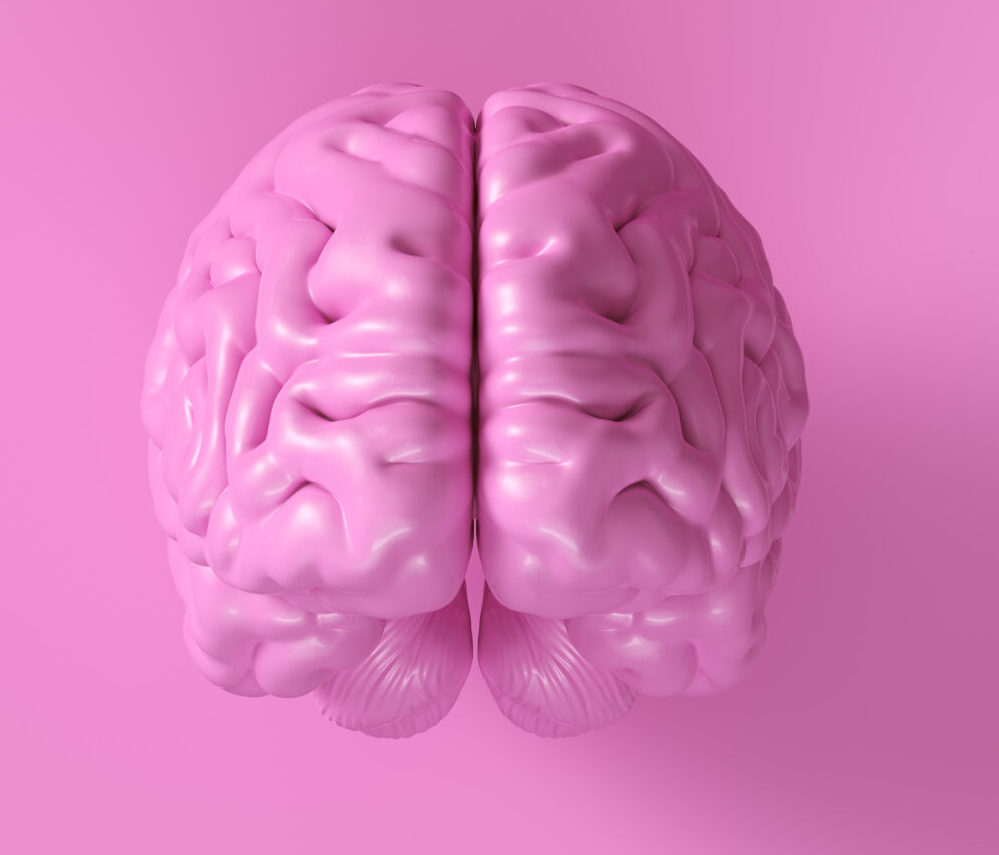Synaptic plasticity is the brain’s ability to change and adapt throughout life. It plays a crucial role in learning and memory. However, in conditions like dementia, this ability is significantly impaired. Dementia is a broad term that describes a decline in cognitive function, including memory loss, difficulty with communication, problem-solving, and other thinking abilities.
### Understanding Synaptic Plasticity
Synaptic plasticity involves the strengthening or weakening of connections between neurons, which are the building blocks of the brain. This process is essential for learning new information and forming memories. When synaptic plasticity is functioning properly, it allows the brain to reorganize itself by forming new neural connections. This reorganization is vital for adapting to new situations and learning new skills.
### Synaptic Plasticity Loss in Dementia
In dementia, particularly in Alzheimer’s disease and frontotemporal dementia, synaptic plasticity is disrupted. This disruption leads to a loss of neural connections, which in turn affects memory and cognitive functions. The loss of synaptic plasticity is often associated with the accumulation of abnormal proteins in the brain, such as amyloid plaques and tau tangles in Alzheimer’s disease.
### Impact on Cognitive Function
The loss of synaptic plasticity in dementia results in significant cognitive decline. Patients may experience difficulty in remembering recent events, learning new information, and performing tasks that require problem-solving. Additionally, the decline in synaptic function can lead to mood changes and behavioral issues.
### Recent Research and Biomarkers
Recent studies have focused on identifying biomarkers that can help diagnose dementia early. For example, researchers have been investigating proteins like neuronal pentraxins (NPTXs) as potential biomarkers for frontotemporal dementia. These proteins are involved in maintaining synaptic health, and changes in their levels may indicate early synaptic dysfunction.
### Potential Factors Contributing to Dementia
Besides genetic factors, environmental elements like exposure to microplastics have been suggested as potential contributors to neurological diseases, including dementia. Microplastics can enter the body through food, inhalation, or skin absorption and may trigger inflammation in the brain, which is linked to cognitive decline.
### Conclusion
Synaptic plasticity loss is a critical aspect of dementia, leading to significant cognitive impairments. Understanding the mechanisms behind this loss can help in developing new treatments and therapies. While current research focuses on identifying biomarkers and potential environmental factors, further studies are needed to fully grasp the complexities of synaptic dysfunction in dementia.

